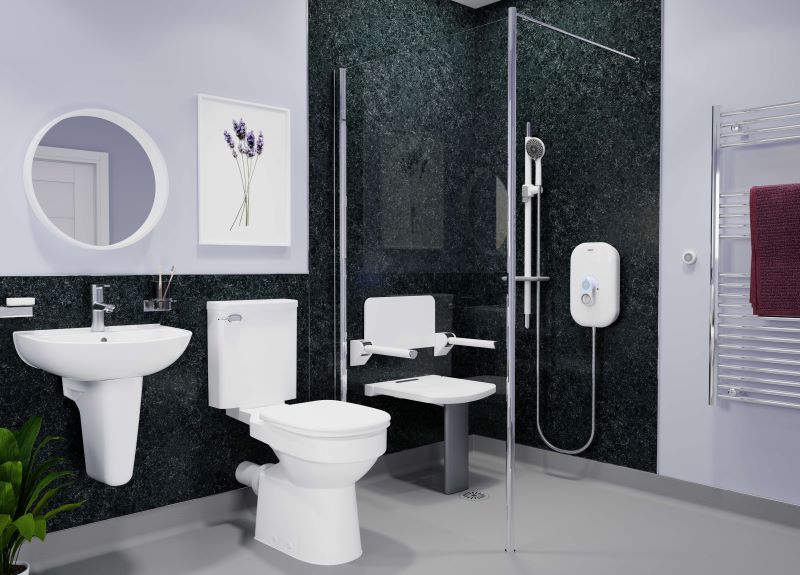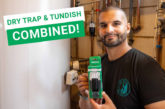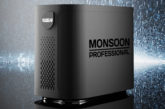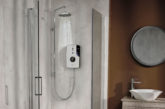
Tom Doyle, Head of Industrial Design at AKW, discusses how installers can add accessible solutions to their offerings.
Did you to know that 16 million people in the UK have a disability and this represents 24% of the total population. The most common impairment is mobility, with 47% of those with disabilities citing this issue. And when it comes to visual impairment, there are over 2 million people living with sight loss in the UK, with this set to rise to 2.7 million by 2030 and 4 million by 2050. Add to this those who live with dementia and it is worth installers getting to know how to make life easier for these people and their families.
For those with mobility, dementia and visual impairment needs, the most common bathroom hazards are poor lighting, no grab rails and trip hazards. When it comes to showering, the issues relate to having to step over the threshold into a bath to access the shower, using shower seats without arm rests and trying to turn on a shower that is either too complicated to operate or that has controls that are too small to see or use.
When it comes to making the bathroom a safer space here are some top tips for installers:
Managed movement
To promote safe movement around the bathroom, install grab rails and shower seats with arm rests. When choosing grab rails and shower seats, particularly for those with visual impairments use two colours where the light reflective value (LRV) difference between both colours is greater than 30. This creates the most noticeable contrast between an object and its surroundings. AKW’s grab rails and shower seats are available in a range of colours to aid those with visual impairments. Also remember that colour contrast is best achieved with contrasting shades of the same colour rather than different colours.
Lighting the way
For those with low vision, the avoidance of shadows, dark areas and glare are key to safe movement around a bathroom. Think about installing LED task downlights with a narrow 30° beam angle over specific ‘task-based areas’ such as the shower, bath, sink or toilet. Also install additional ambient lighting, to maintain general light levels throughout the bathroom space.
Showering success
Look for BEAB Care certified or approved by the Royal National Institute for the Blind (RNIB) showers. This is because they will reduce barriers to use for those with mobility or visual impairment issues. Maximum water temperature protection is also essential, and the shower should have a thermal cut out device to protect the unit from overheating.
Accessible showering
AKW’s new generation SmartCare Plus, SmartCare Lever and iTherm stylish electric showers ensure installers help make showering less stressful for those with mobility or visual impairment needs, or dementia. They have been designed with rounded edges, to reduce the risk of fall related injuries, illuminated LED displays to aid operation and a matt finished central panel, to enable straightforward control location for those with visual impairment and dementia.
For safety they feature thermostatically stabilised temperature control and a thermal cut-out device. The SmartCare Plus and SmartCare Lever are BEAB Care certified, RNIB tried and tested, and DSDC dementia-friendly product accredited. SmartCare Plus can also be controlled via a remote, wall mounted on/off button that has a wireless range of up to 10 metres, offering carer support.
Accessible showering needn’t be complicated or expensive. It just requires using solutions that have been designed with additional needs in mind. With accessibility becoming more and more of an issue, solutions such as care showers are a useful addition for installers wanting to add more accessible showering options to their offering.
To watch a video about accessible showers and AKWs new range please click here.













